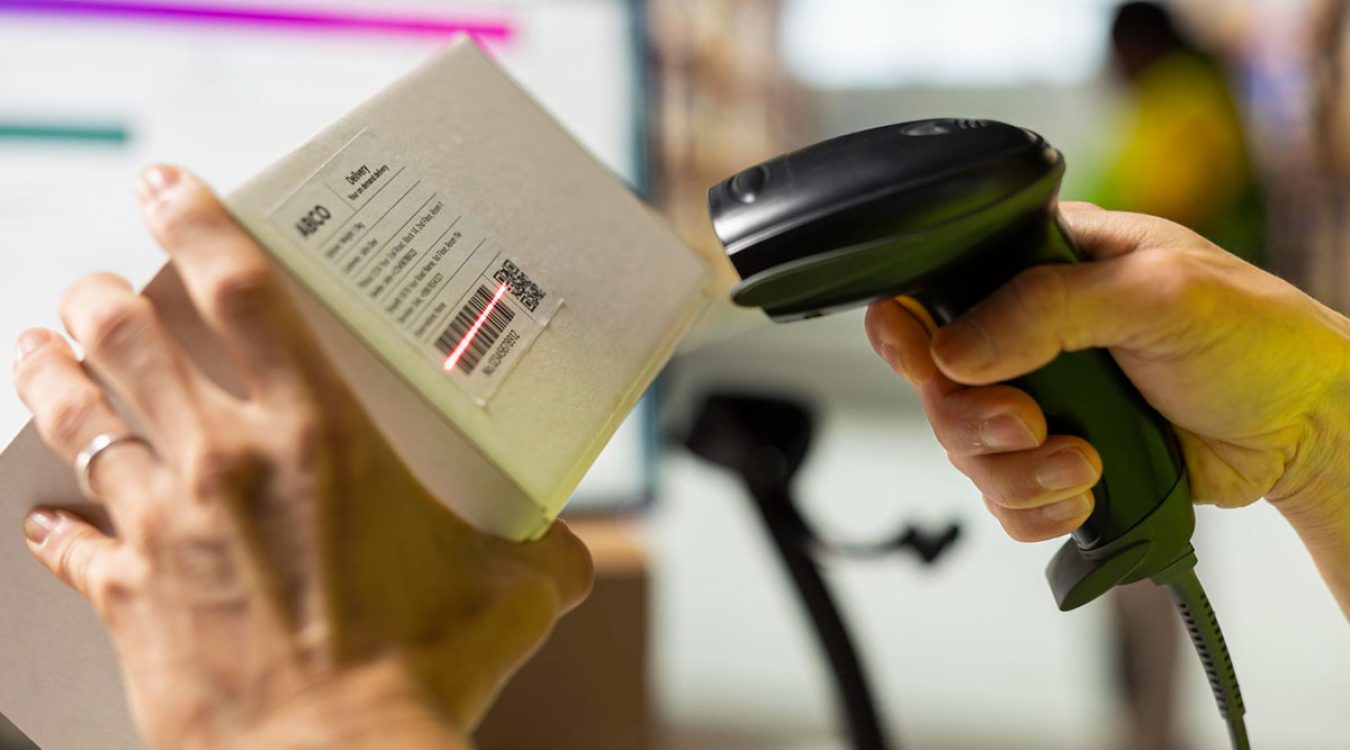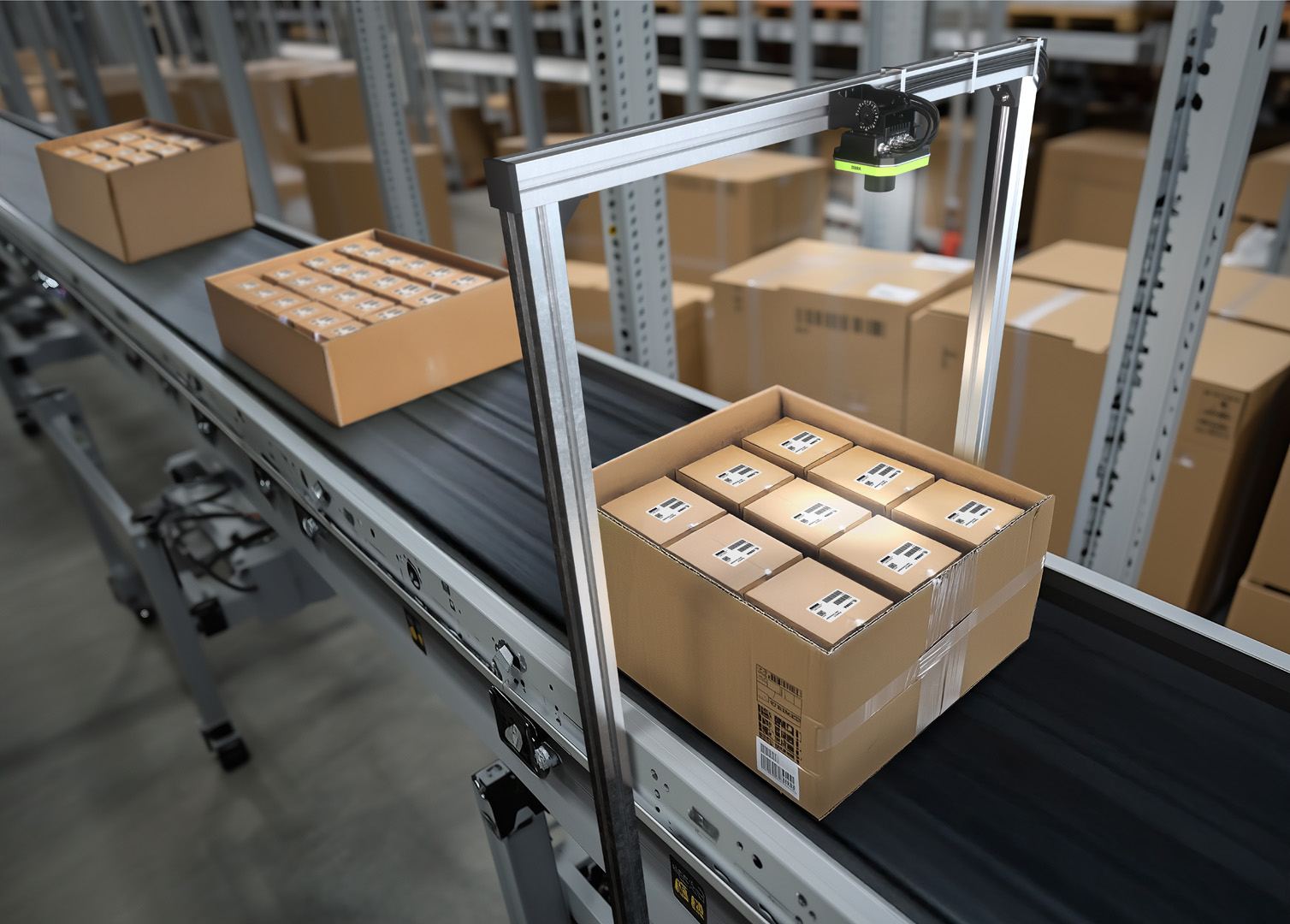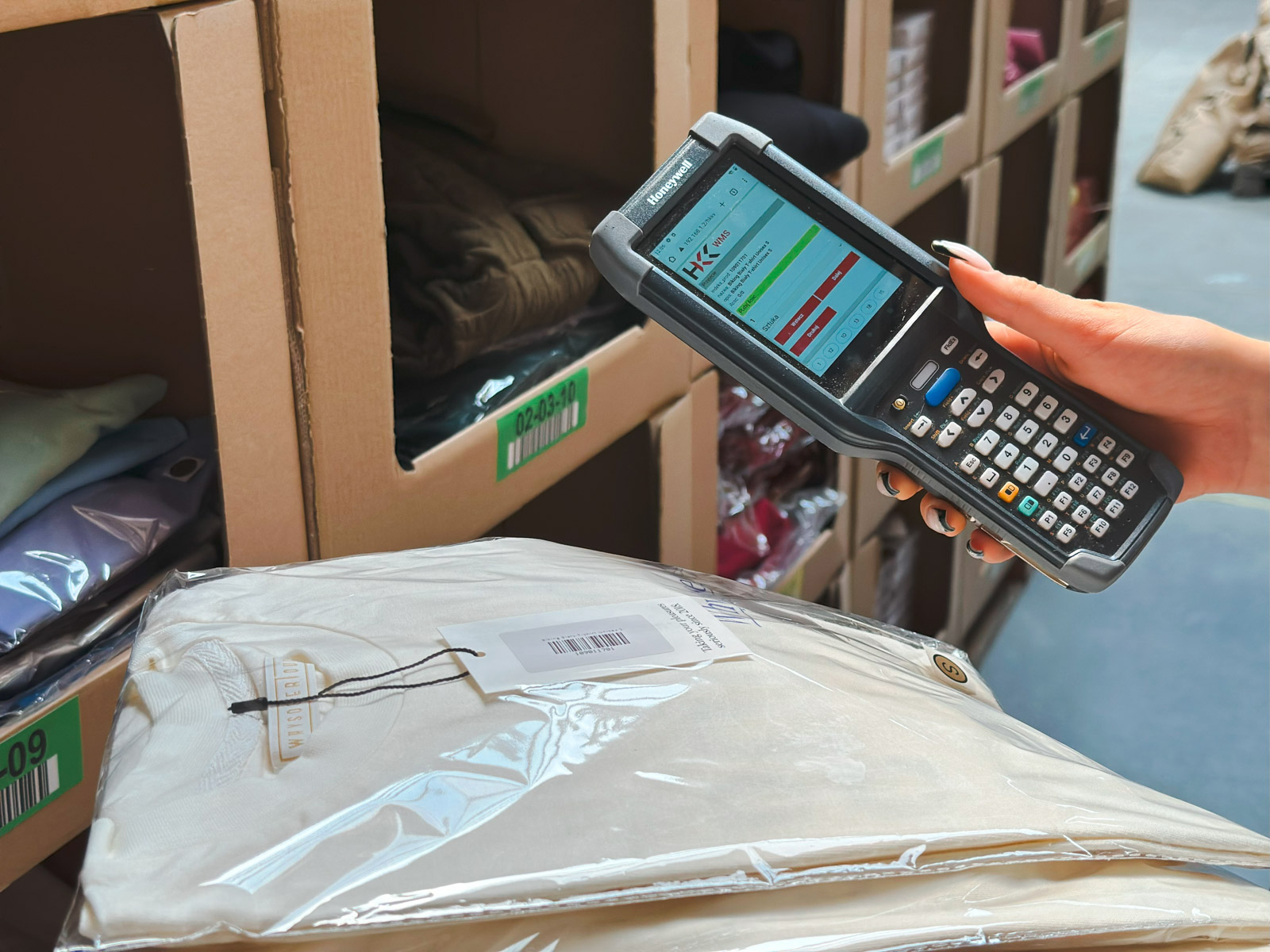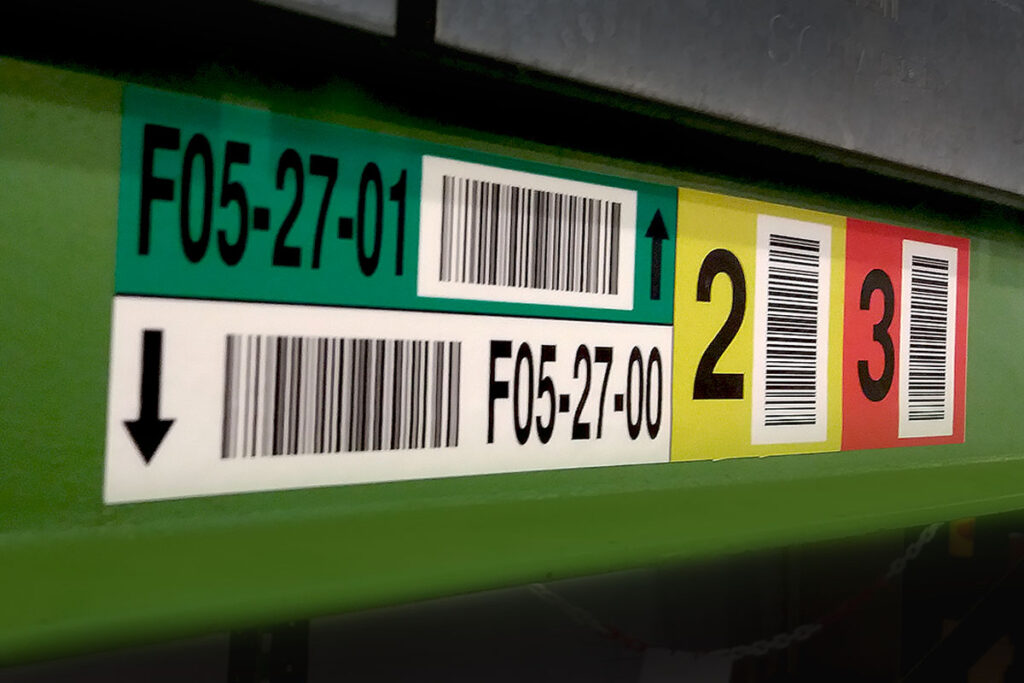
Barcodes in logistics, trade and industry
Barcodes is a technology that has supported logistics, commerce and industry for decades. They enable fast, error-free and repeatable reading of information about products, goods or components.
However, depending on the type of business – from retail outlets to distribution centers – different types of equipment are needed. In this guide, we explain how barcode scanners and which models will work well in specific applications.

How do barcode and 2D scanners work?
Barcode scanner is much more than a simple office scanner. At its heart is a laser or vision system that can read
The scanner sends the read data directly to the host system – for example WMS system, mobile terminal or a warehouse application – which automates and speeds up processes in warehouse logistics and e-commerce.
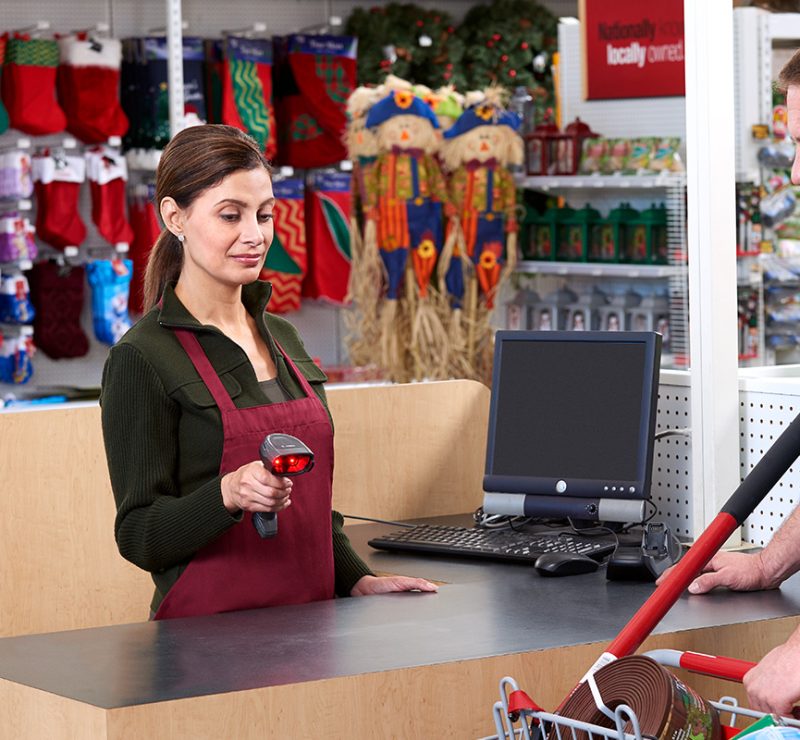
Types of code scanners - barcode, 2D, QR select the device to meet your needs
Choosing the right type of scanner is crucial to the efficiency of logistics, warehouse and retail processes. Here are the most important categories of devices:
Desktop barcode scanners
These are the simplest and most common readers, available in wired and wireless versions. Ideal for retail outlets, reception desks or service desks. In environments with slightly heavier loads, models with reinforced housings will work well.
Examples: Zebra LS2208, Zebra DS2278 (wireless version).
Desktop 2D and QR code scanners
They make it possible to read 2D codes, including the popular QR codes. This is an investment in the future – 2D codes are becoming the standard thanks to their higher capacity and resistance to damage.
Examples: Zebra DS2208 (wired), Zebra DS2278 (wireless).
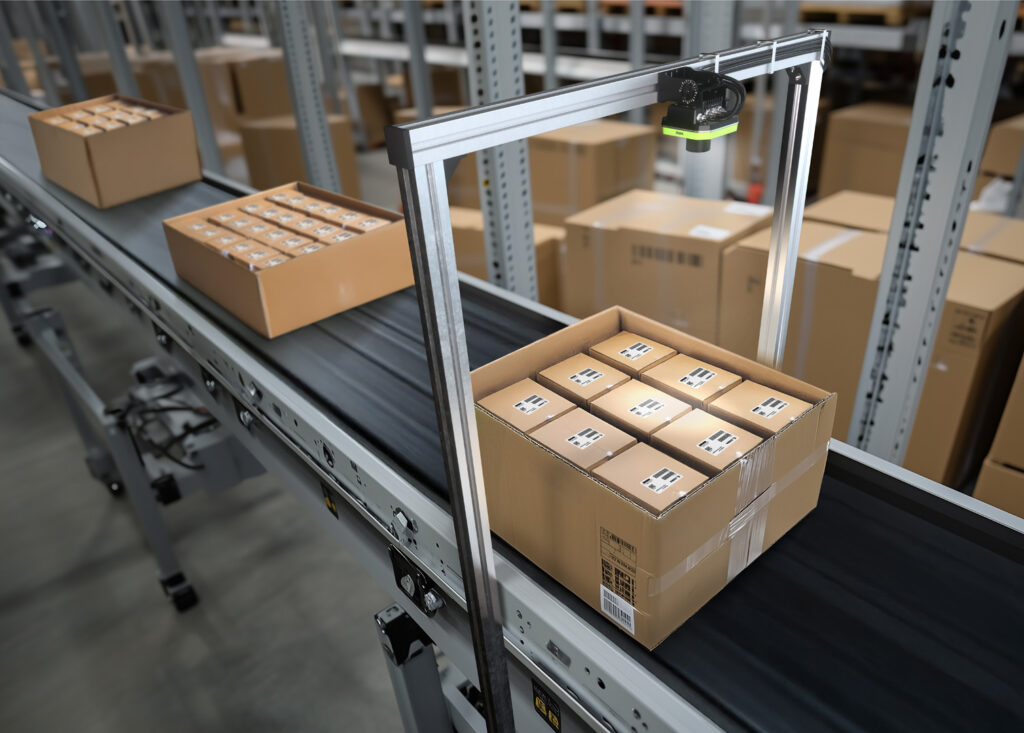
Handheld industrial 1D and 2D code scanners
Adapted for use in harsh industrial and logistics environments – resistant to dust, vibration and drops. Enable scanning of codes from a greater distance than desktop models, making it easier to handle pallets and large shipments.
Examples: Zebra LI3600, Zebra DS3600.
Fixed Industrial Scanners (Fixed Industrial Scanners)
It’s advanced vision systems, which automate the scanning process in production lines and sorting plants. They read all types of 1D and 2D codes, and thanks to the OCR function they can recognize text from labels. They are used, among others, in logistics automation and quality control processes .
Examples: Zebra FS10, FS20, FS40, FS70, FS80.
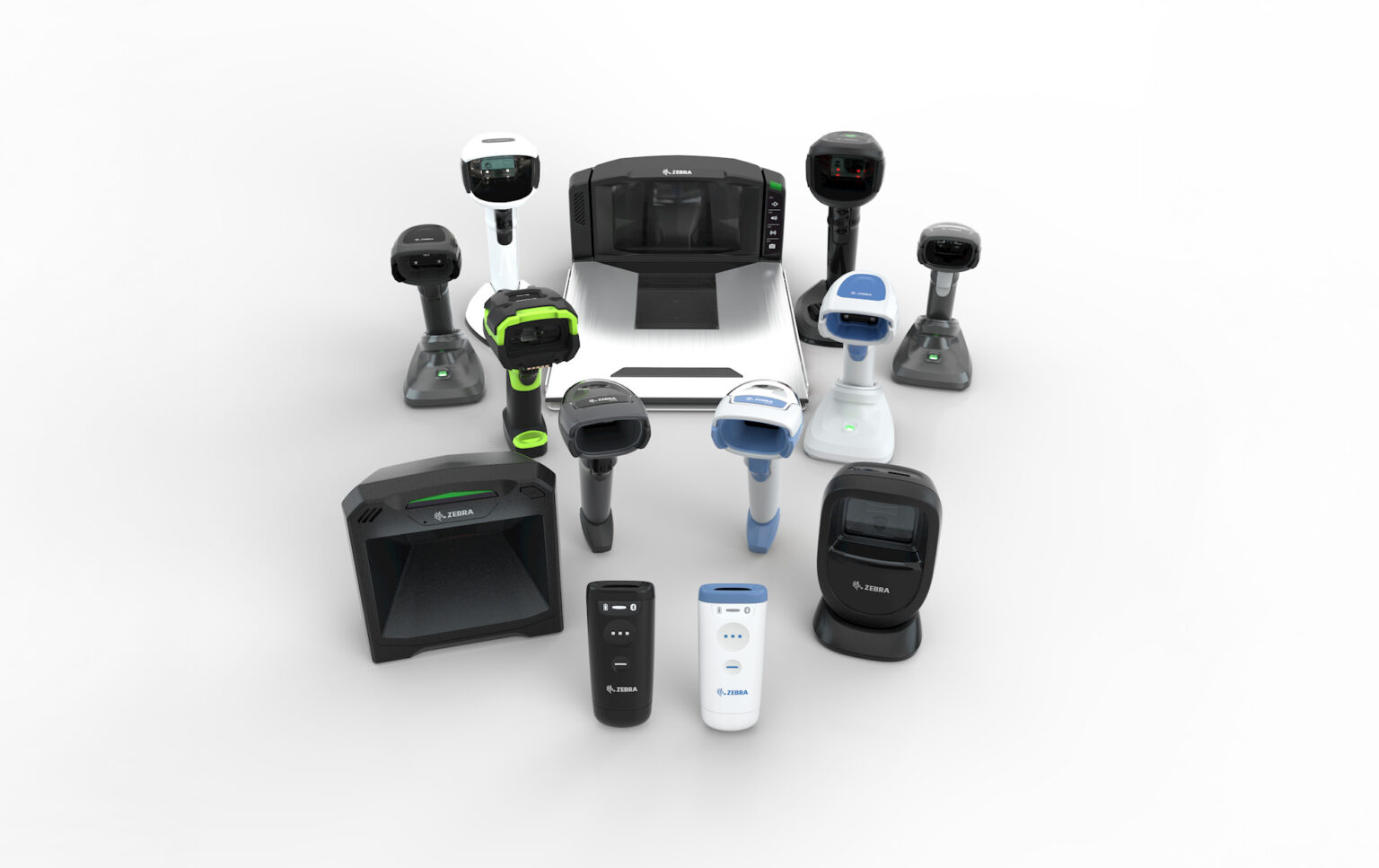
Summary
Choosing the right barcode scanner depends on the type of business, work environment and automation requirements.
In retail, lightweight, desktop 1D and 2D code scanners will work best, while in industry, rugged handheld scanners or desktop FIS solutions will work best. Regardless of the industry, the right device helps increase the efficiency and accuracy of logistics processes.


